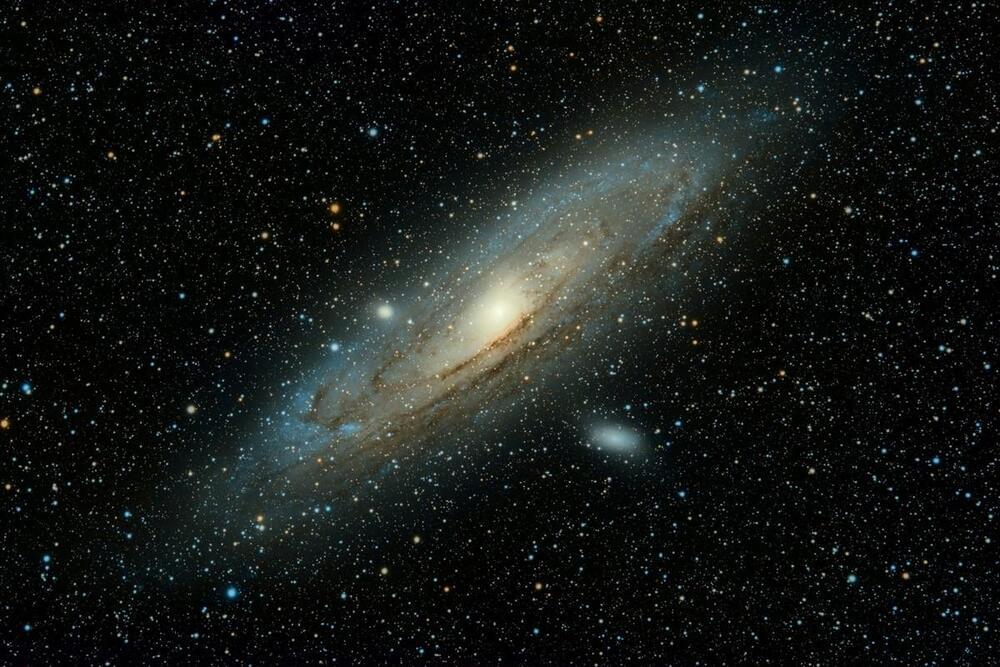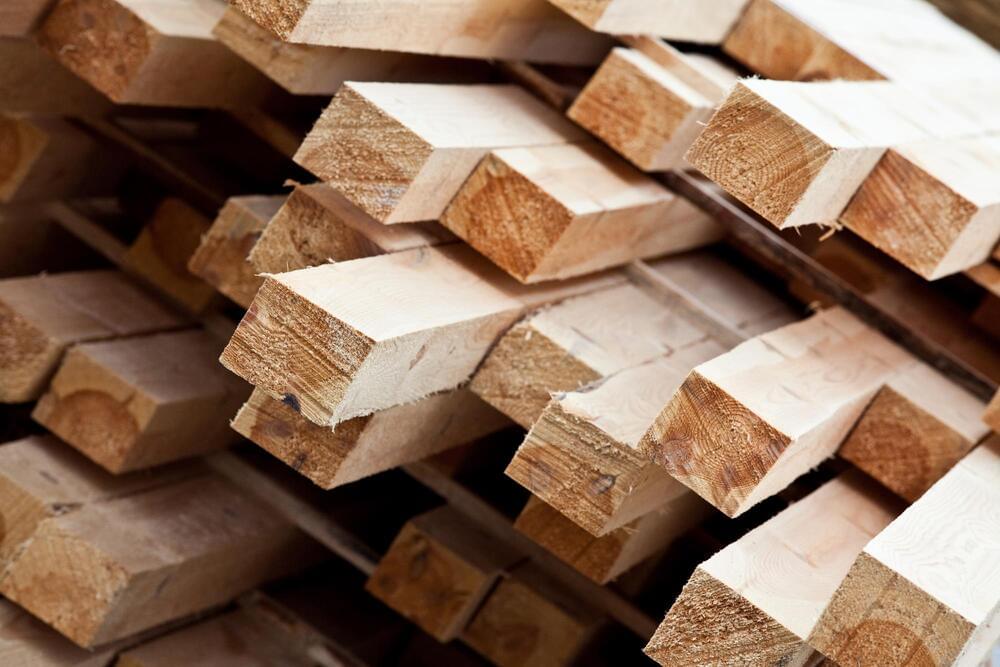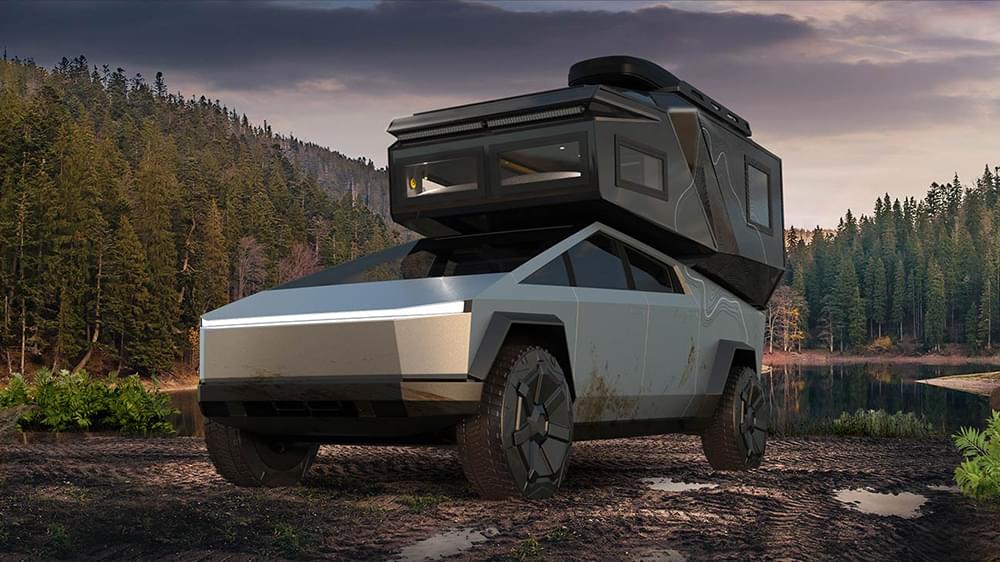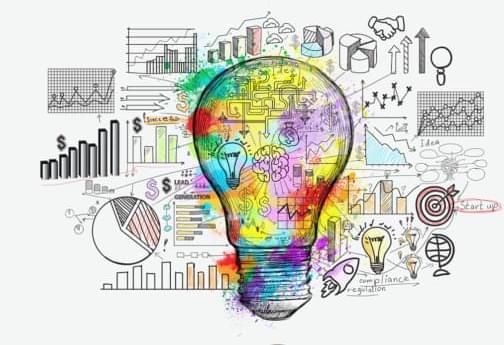Ever considered the notion that everything around you was cooked up by aliens in a lab? Theoretical physicist and former chair of Harvard’s astronomy department, Abraham ‘Avi’ Loeb, has proposed a wild – if unsettling – theory that our universe was intentionally created by a more advanced class of lifeform.
In an op-ed for Scientific American, “Was Our Universe Created In A Laboratory?”, Loeb suggested that aliens could have created a ‘baby universe’ using ‘quantum tunneling’, which would explain our universe’s ‘flat geometry’ with zero net energy. If this discovery were proven true, then the universe humans live in would be shown to be “like a biological system that maintains the longevity of its genetic material through multiple generations,” Loeb wrote.
Loeb put forward the idea of a scale of developed civilisations (A, B, etc.) and, due to that fact that on Earth we currently don’t have the ability to reproduce the astrophysical conditions that led to our existence, “we are a low-level technological civilisation, graded class C on the cosmic scale” (essentially: dumb). We would be higher up, he added, if we possessed the ability to recreate the habitable conditions on our planet for when the sun will die. But, due to our tendency to “carelessly destroy the natural habitat” on Earth through climate change, we should really be downgraded to class D.









